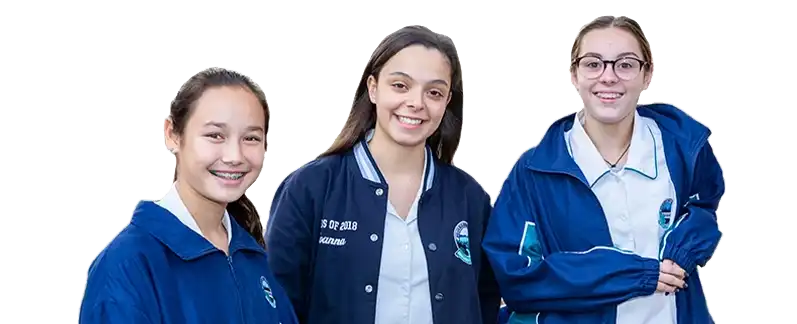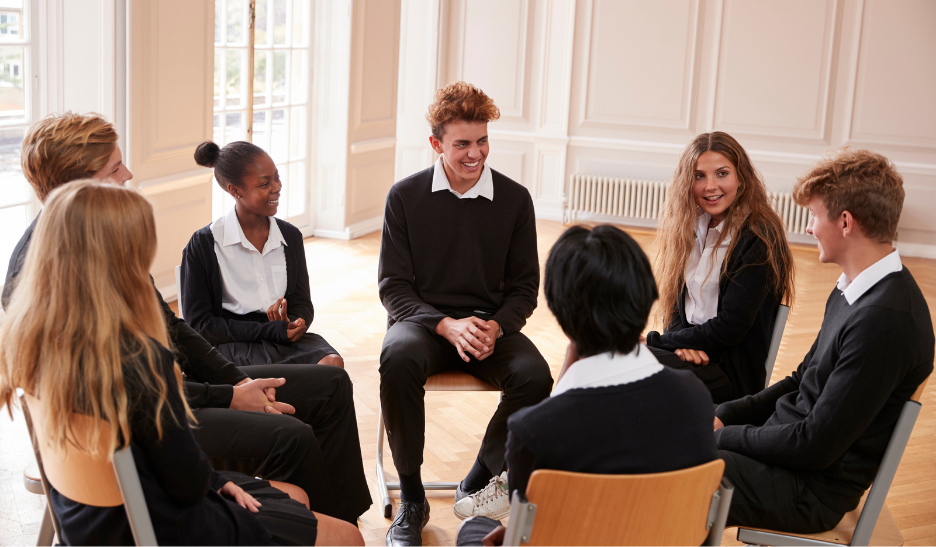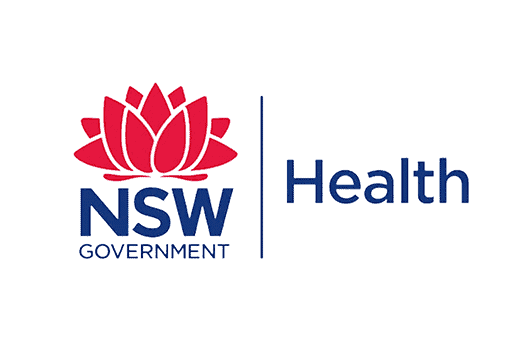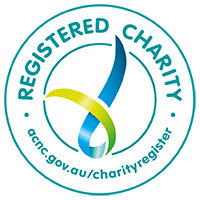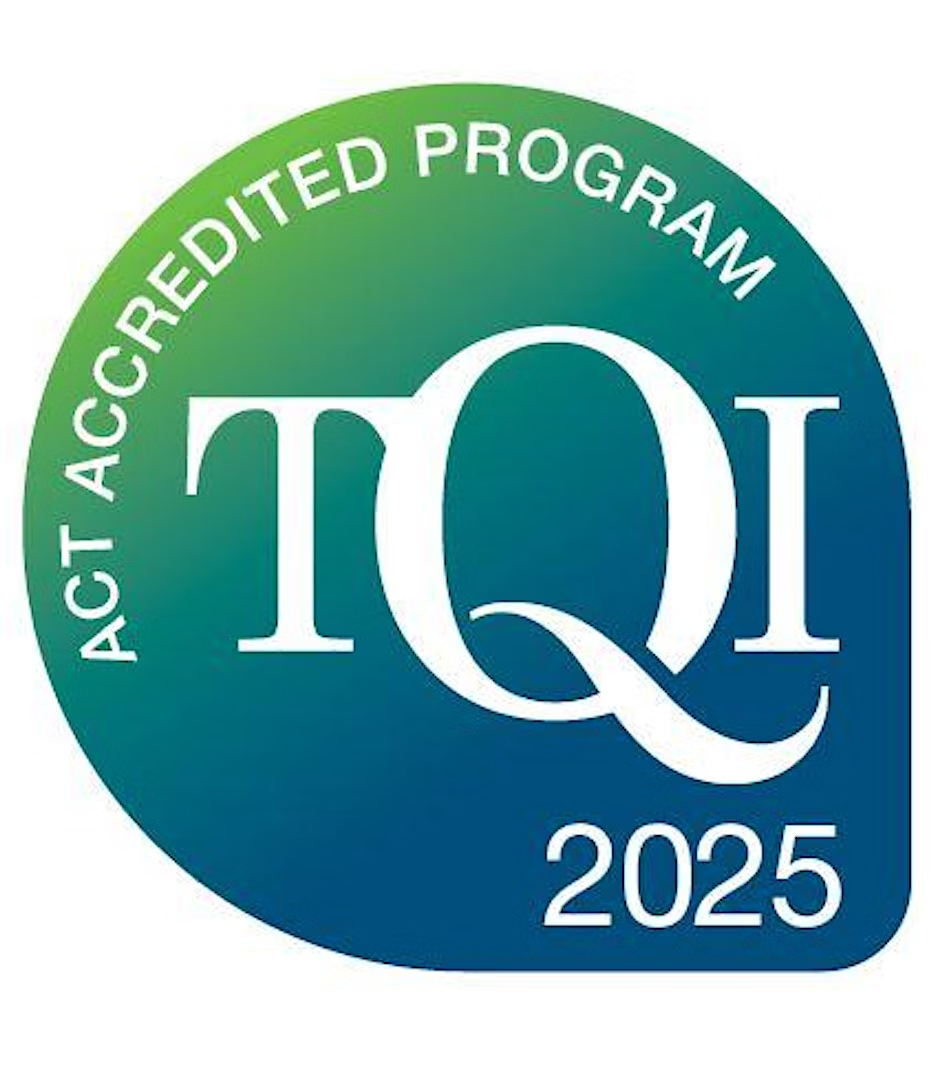Bullying in schools is a big problem, with long-term repercussions for both victims and perpetrators. Kids who experience bullying are more likely to experience serious mental health issues later in life, and those who bully are at an increased risk of ongoing behavioural problems.
So what can schools do?
Anti-bullying expert Dr Ken Rigby says the prime responsibility lies with schools, because this is where the bullying mostly happens. Dr Rigby details actions schools can take to address and prevent bullying, from creating an anti-bullying policy to adopting intervention strategies.
Peer support, such as buddy schemes and peer mentoring, is an important part of an anti-bullying approach. Dr Rigby says ‘schools can help students perform supportive roles at school.’
The Peer Support Program builds supportive relationships between students, and can also address the issue of bullying directly via our anti-bullying modules.
What is bullying?
The Australian Human Rights Commission defines bullying as a repeated and intentional use of words or actions to cause distress and risk to a person’s wellbeing. There is often an imbalance of power.
Bullying is more common in person, but it can also happen online. Four in ten young Australians report having a negative online experience in the last six months, including 15 per cent who received threats or abuse, according to an eSafety Commissioner report.
During the year, about 15% of Australian school students experience bullying.
AUSTRALIAN & NEW ZEALAND JOURNAL OF PSYCHIATRY
School culture plays a crucial role in preventing bullying in schools
Research shows that school culture has a direct impact on the prevalence of bullying.
Peer Support Australia’s CEO Samantha Brown says students of all ages need to feel safe at school.
“The Peer Support Program helps build a culture of connection, empathy and safety,” Ms Brown says. “This leads to confidence and connection which can positively impact a student’s capacity to learn.”
Building strong peer relationships is part of the solution.
Mission Australia’s annual survey of young adults found that 81% of young people turn to a friend when seeking advice. Young people are more likely to confide in a friend than a parent, teacher or another adult.
“The Peer Support Program was founded on this insight 50 years ago and is the reason it has been so successful,” says Ms Brown. “The Program equips young people with the tools and skills to support each other, build strong relationships and navigate their own mental health.”
The Program covers different modules that schools can use across 8-weeks in structured sessions that are led by more senior students. The anti-bullying modules, Stronger Together (for primary students) and Strengthening Our Connections (for secondary students), helps schools build a culture that is safe and supportive.
Students with disabilities experience greater rates of being bullied.
QUEENSLAND GOVERMENT
Relationships are key to reducing bullying in schools
Evidence tells us that many protective factors for mental health are associated with positive relationships.
“Relationships impact our mental, social and emotional wellbeing,” Ms Brown said.
The Peer Support Program’s anti-bullying modules focus on:
- Growing student safety through building better relationships.
- Peer leadership that complements other actions to reduce bullying.
- Building skills and capacity among students to problem solve and take action for themselves and on behalf of other students.
- A whole-of-school approach that combines student leadership, staff and parent understanding and support.
The Stronger Together and Strengthening Our Connections modules complement other activities within a school to address and reduce bullying.
Michelle has used the Peer Support Program to reduce bullying in her schools
In 2015, Assistant Principal, Michelle, was teaching at a primary school in Melbourne that was experiencing high rates of bullying.
Michelle and her team addressed the problem through a whole-of-school approach, adopting several tactics to change the culture. This included implementing the Peer Support Program, and running the Stronger Together module.
“I think the Peer Support Program really helps. It helps students to say that, ‘I can be a leader, I can make a change, I can make a difference.’ And when they step into those leadership roles, they become empowered.”
Michelle, Assistant Principal
In addition to running the Peer Support Program, the school set up a ‘bully blocker pledge’.
“The students all brainstormed on a Google form, and then they came up with the top five agreements as a whole school as to what the school would look like in order for it to be a bully blocker school. That went up in the hall on a big sign, and every assembly we refer back to it. These are the behaviors we have here at our school. And it just really helped to change the kids’ mindset as well.”
Michelle is a long-time supporter of the Peer Support Program, and has implemented it at several schools during her teaching career.
“I’ve always loved the program, and I’ve always seen its benefits,” Michelle said.
Adopt a whole-of-school approach
Ms Brown says that positive student relationships are best achieved through a whole-of-school approach.
“This means addressing all facets of the school community and its relationships,” Ms Brown says. “This includes having a committed leadership team, a focus on culture and the physical environment, and integrated approaches to teaching and learning including professional development and strong partnerships with parents and carers.”
Contact Peer Support Australia to find out more about the Peer Support Program, including the Stronger Together and Strengthening Our Connections modules. Email admin@peersupport.edu.au or phone 1300 579 963.
Improve school-wide student wellbeing
Better support student mental health through a peer-led approach to wellbeing, trusted by 620+ schools Australia-wide.
